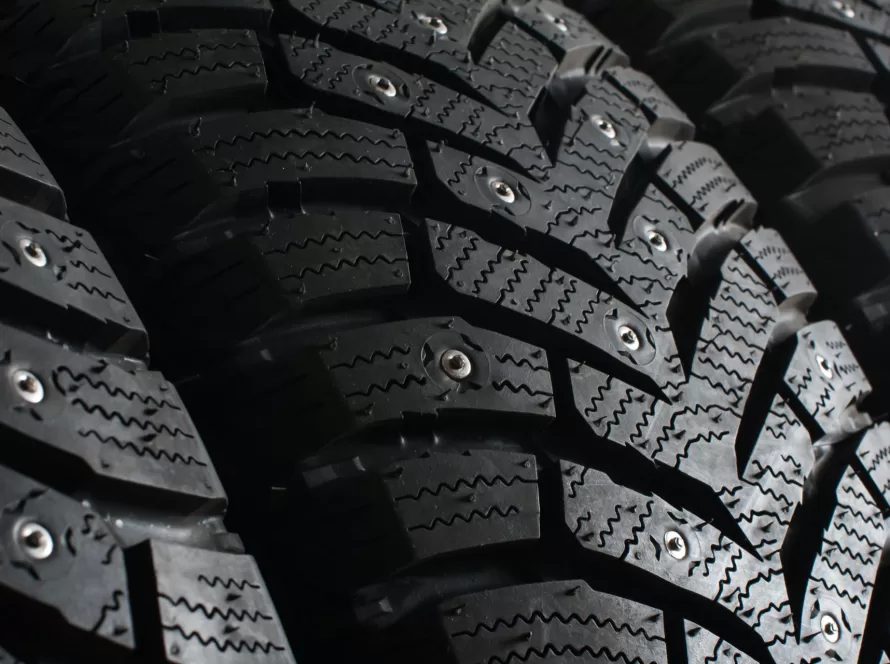
Table of Contents
Introduction
Imagine the sheer number of vehicles on the road and the amount of tires they use. Now, think about what happens to those tires once they wear out. This is where the problem begins. Disposing of tires has always been a significant environmental challenge. But thankfully, recent innovations in tire recycling and disposal are paving the way for a greener future. In this article, we’ll explore the latest methods transforming tire waste into valuable resources.
The Tire Waste Problem
Tires are not just rubber rings; they are complex products made of rubber, steel, fabric, and various chemicals. When they are discarded, these components can take hundreds of years to decompose, causing severe environmental issues. Piles of scrap tires can become breeding grounds for mosquitoes and pests, and they can also catch fire, leading to toxic smoke and pollution.
Traditional Tire Disposal Methods
Traditionally, tires were either landfilled or burned. Landfilling takes up valuable space and poses environmental risks. Burning tires, on the other hand, releases harmful pollutants into the atmosphere. These methods are far from ideal and highlight the urgent need for more sustainable solutions.
The Need for Innovation
The environmental impact of tire waste necessitates innovative recycling and disposal methods. With advancements in technology, we now have various techniques to recycle tires more efficiently and sustainably.
Innovative Tire Recycling Techniques
Pyrolysis: Breaking Down Tires
Pyrolysis is a process that involves heating tires in the absence of oxygen, causing them to break down into smaller molecules. This method produces valuable byproducts like oil, gas, and char, which can be used in various industries. Pyrolysis not only helps reduce tire waste but also creates useful resources, making it a win-win solution.
Devulcanization: Reclaiming Rubber
Tires undergo a process called vulcanization, where sulfur is added to rubber to enhance its durability. Devulcanization is the reverse process, breaking the sulfur bonds and reclaiming the rubber. This reclaimed rubber can be used to manufacture new tires or other rubber products, reducing the need for virgin rubber and conserving natural resources.
Cryogenic Grinding: Freezing for Fineness
Cryogenic grinding involves freezing tires with liquid nitrogen and then grinding them into fine particles. This process makes it easier to separate the different components of the tire, such as rubber, steel, and fabric. The finely ground rubber can be used in various applications, including asphalt, playground surfaces, and sports fields.
Microbial Processes: Nature’s Recyclers
Some innovative methods involve using microbes to break down tire components. Certain bacteria and fungi can degrade rubber and other tire materials, converting them into simpler compounds. This biological approach is environmentally friendly and holds great potential for sustainable tire recycling.
Tire-Derived Fuel (TDF): Energy from Waste
Tire-derived fuel (TDF) is a method of converting scrap tires into fuel. Shredded tires are burned in industrial facilities like cement kilns, paper mills, and power plants. TDF is a cleaner alternative to traditional fossil fuels and helps reduce the environmental impact of tire disposal.
Rubberized Asphalt: Paving the Way
Rubberized asphalt is an innovative use of recycled tires in road construction. By incorporating ground tire rubber into asphalt, we can create more durable and flexible road surfaces. This not only improves road quality but also reduces the number of scrap tires in landfills.
Recycled Tire Products: From Waste to Wealth
Recycling tires can produce a variety of products, from playground surfaces to furniture. Companies are finding creative ways to repurpose tire materials, turning waste into wealth. These products are not only environmentally friendly but also showcase the potential of tire recycling in everyday applications.
Challenges in Tire Recycling
Despite the advancements, tire recycling faces several challenges. The complex composition of tires makes recycling difficult and costly. Additionally, the market for recycled tire products is still developing, requiring more consumer awareness and demand.

Future of Tire Recycling
The future of tire recycling looks promising, with ongoing research and innovation. New technologies and methods are being developed to make tire recycling more efficient and cost-effective. As awareness grows and more sustainable practices are adopted, we can look forward to a cleaner and greener environment.
Conclusion
Innovations in tire recycling and disposal are crucial for addressing the environmental challenges posed by tire waste. From pyrolysis to rubberized asphalt, these methods not only reduce waste but also create valuable resources. As we continue to develop and adopt these innovations, we move closer to a sustainable future.
Frequently Asked Questions (FAQs)
1. What is pyrolysis in tire recycling?
Pyrolysis is a process that heats tires in the absence of oxygen, breaking them down into oil, gas, and char, which can be used in various industries.
2. How does devulcanization help in recycling tires?
Devulcanization breaks the sulfur bonds in vulcanized rubber, reclaiming the rubber for use in new products, thus reducing the need for virgin rubber.
3. What are the benefits of cryogenic grinding in tire recycling?
Cryogenic grinding freezes and grinds tires into fine particles, making it easier to separate and repurpose the components, such as rubber, steel, and fabric.
4. Can microbes really help in tire recycling?
Yes, certain bacteria and fungi can degrade tire materials into simpler compounds, offering an environmentally friendly method for tire recycling.
5. What is tire-derived fuel (TDF)?
Tire-derived fuel (TDF) involves shredding scrap tires and burning them as fuel in industrial facilities, providing a cleaner alternative to fossil fuels.



1 Comment
Vicky
Great article on tire recycling and disposal innovations! It’s exciting to see how technology is advancing in this area. The new methods for turning old tires into useful products or alternative fuels are particularly intriguing. I’m curious about the impact of these innovations on overall sustainability and whether there are any emerging technologies that show promise for improving recycling efficiency. Additionally, how do these new processes compare to traditional methods in terms of cost and environmental benefits? Thanks for shedding light on these important developments—it’s encouraging to see progress in tire recycling!